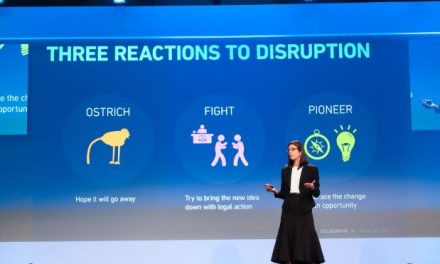- Technology evolves quickly, creating new opportunities and risks for businesses.
- Security measures must adapt in step with operational and technological changes.
- Proactive habits and team-wide involvement help keep defences strong.
- Regular reviews ensure strategies remain relevant and effective over time.
You’ve probably noticed how quickly digital technology moves. One day, you’re trialling a new tool that feels cutting-edge, and the next it’s already being replaced by something faster and wiser. This constant evolution is exciting, but it also creates a steady stream of fresh security challenges. Threats emerge just as quickly as innovations, and the gap between what’s possible and what’s protected can grow alarmingly wide. Falling behind in security planning doesn’t just risk your systems; it can affect customer trust, compliance obligations, and the very continuity of your business.
The importance of aligning security with business growth
If your business is expanding its services, hiring more staff, or integrating advanced technology, your security measures should grow in step. A strategy designed for last year’s operations may not adequately address today’s risks. This is where collaboration becomes valuable. Working with a trusted cybersecurity partner can ensure your security framework evolves at the same pace as your business, rather than lagging behind. By blending internal awareness with external expertise, you can build a system that supports growth without creating weak spots in your defences.
Adapting to the latest tech threats and tools
The tools you rely on today may not have existed a few years ago, and that rapid turnover brings both opportunities and vulnerabilities. Artificial intelligence is being used to analyse patterns, automate processes, and strengthen security systems, but it’s also being exploited to carry out sophisticated attacks. The Internet of Things connects everything from office printers to production equipment, creating new access points that hackers can target. Cloud solutions make data more accessible for teams, but also demand stronger controls over who can access what. Adapting your security approach means evaluating each new technology not only for its benefits but for the new doors it could open to attackers. The goal is to integrate security checks into your adoption process so innovations enhance your operations without introducing unguarded entry points.
Creating a culture of proactive security
A strong security strategy doesn’t just sit in a policy document; it lives in the daily habits of your team. Every staff member, from leadership to new hires, plays a role in keeping systems safe. Encouraging a proactive approach means making security part of the conversation in planning meetings, project kick-offs, and training sessions. Regular phishing simulations, clear protocols for reporting suspicious activity, and visible leadership support all help embed security awareness into the workplace. When security becomes an active part of decision-making, your organisation is better positioned to respond quickly to threats and to prevent many of them from taking root in the first place.
Integrating security into innovation projects
When launching new products, services, or internal systems, security is often treated as a final checkpoint rather than a built-in component. This approach can leave vulnerabilities embedded deep in the design. Integrating security from the earliest planning stages helps ensure that protections are part of the foundation, not an afterthought. This might mean involving security specialists in product development meetings, setting security requirements alongside functional ones, and testing for weaknesses before rollout. By making security part of innovation rather than an obstacle to it, businesses can launch confidently while safeguarding their data, infrastructure, and customer relationships.
Reviewing and updating the strategy regularly
No matter how thorough a security strategy is, it will eventually become outdated if it’s not revisited. Threats change, regulations shift, and the tools available to protect your systems keep evolving. Scheduling routine reviews allows you to assess what’s working and address any gaps before they become costly problems. Post-incident evaluations can also provide valuable lessons, helping to strengthen weak points revealed under real-world conditions. Using measurable indicators like incident response times, compliance audit results, and employee reporting rates can guide decisions on where to focus improvements. Regular updates turn a static document into a living plan that grows and adapts alongside your organisation.

























